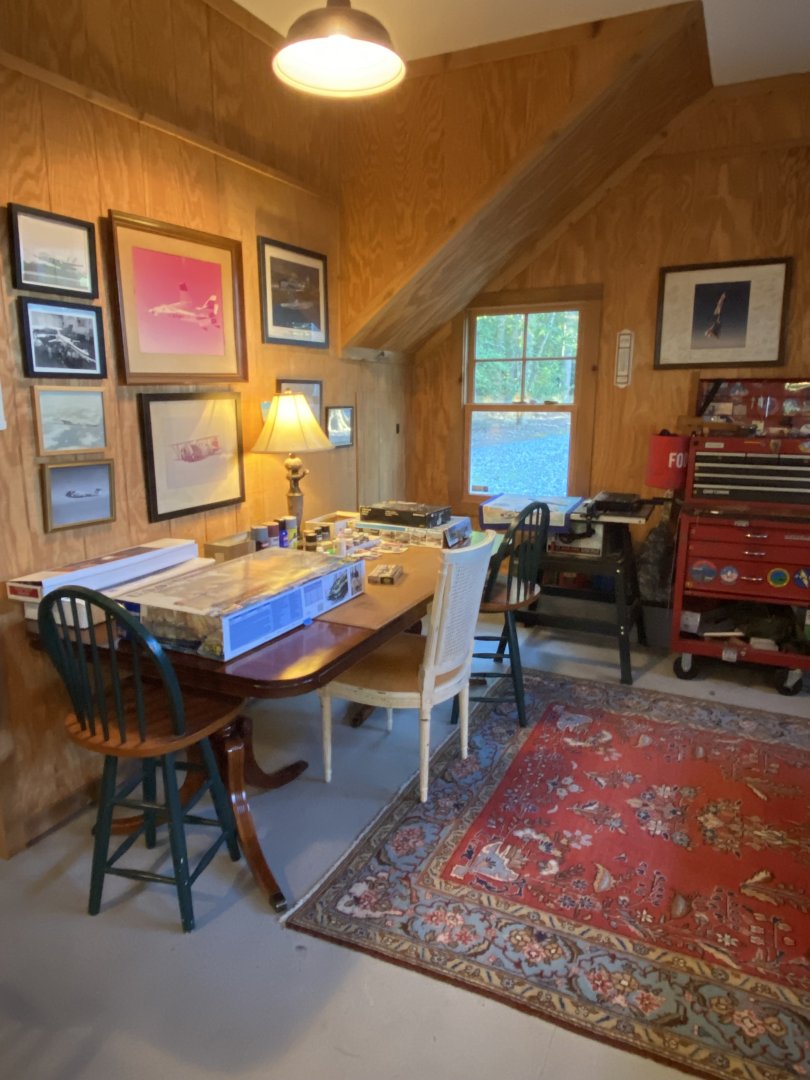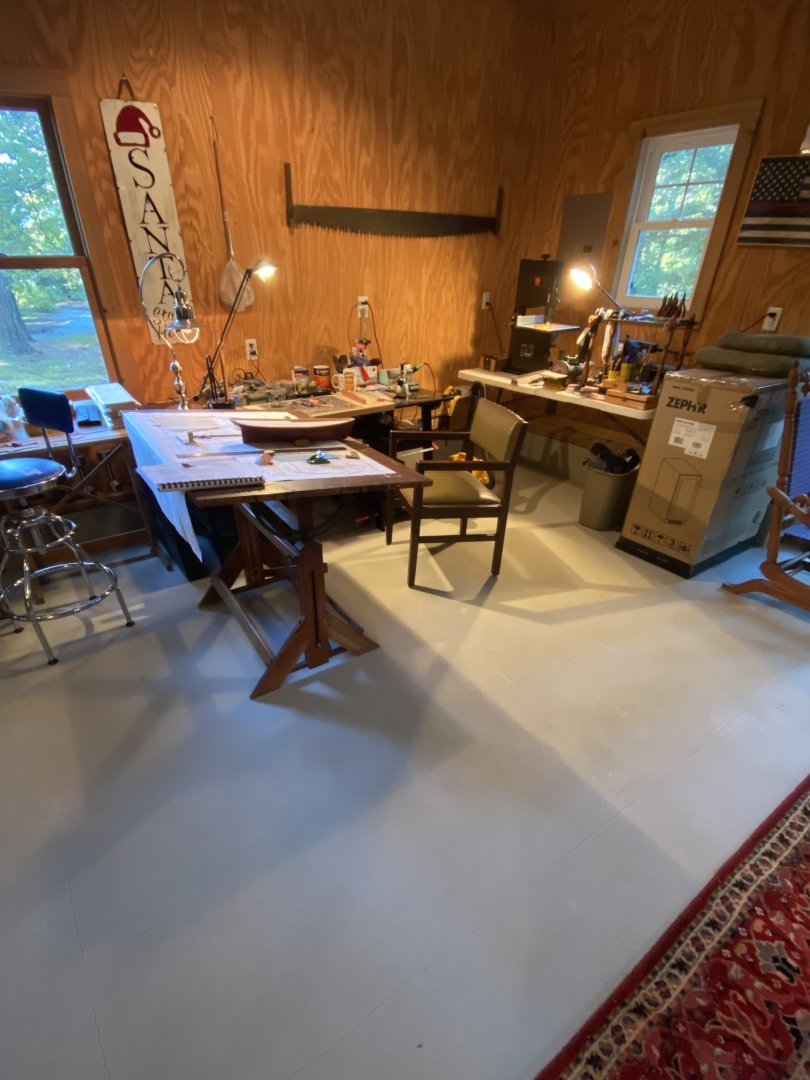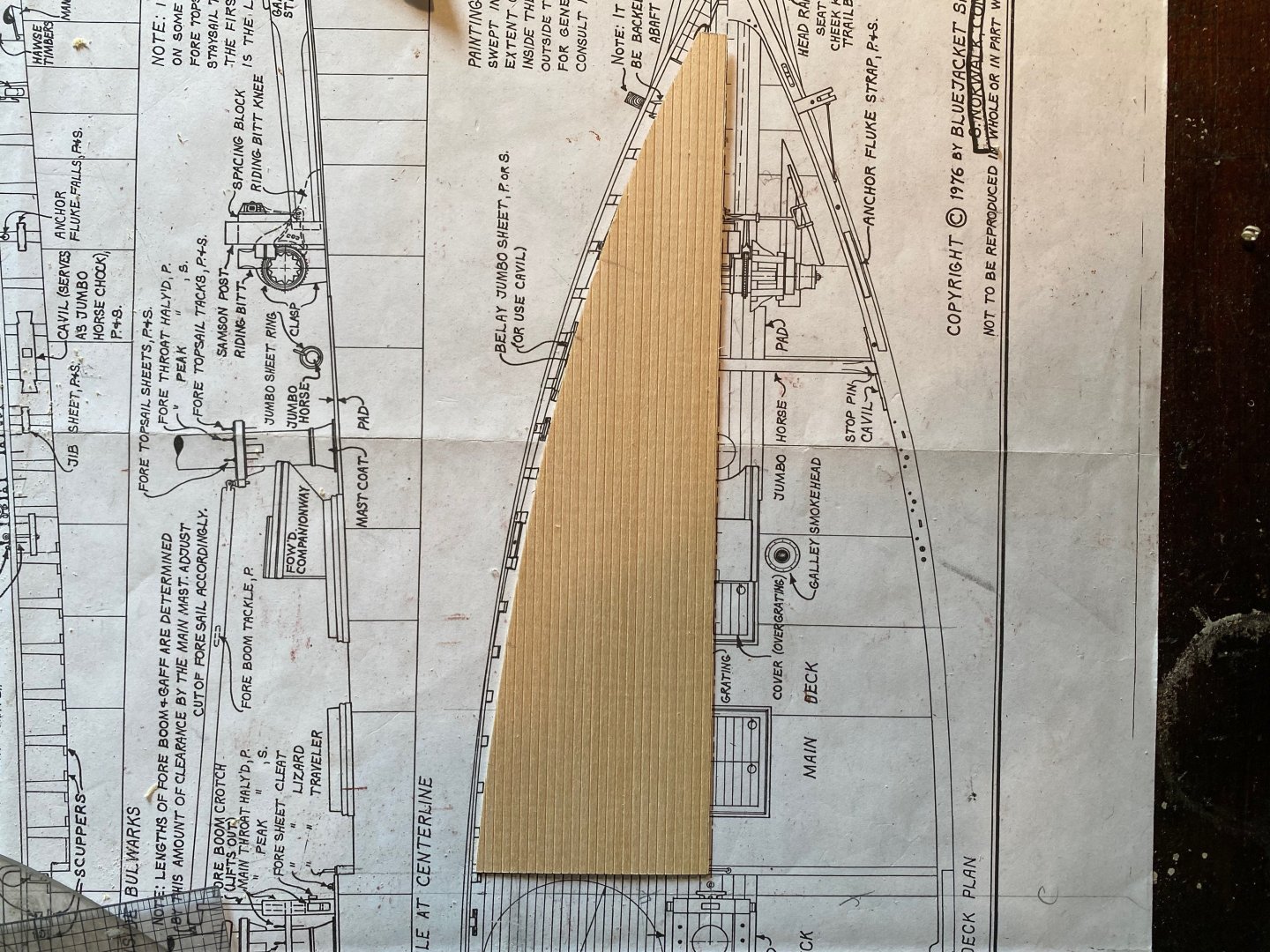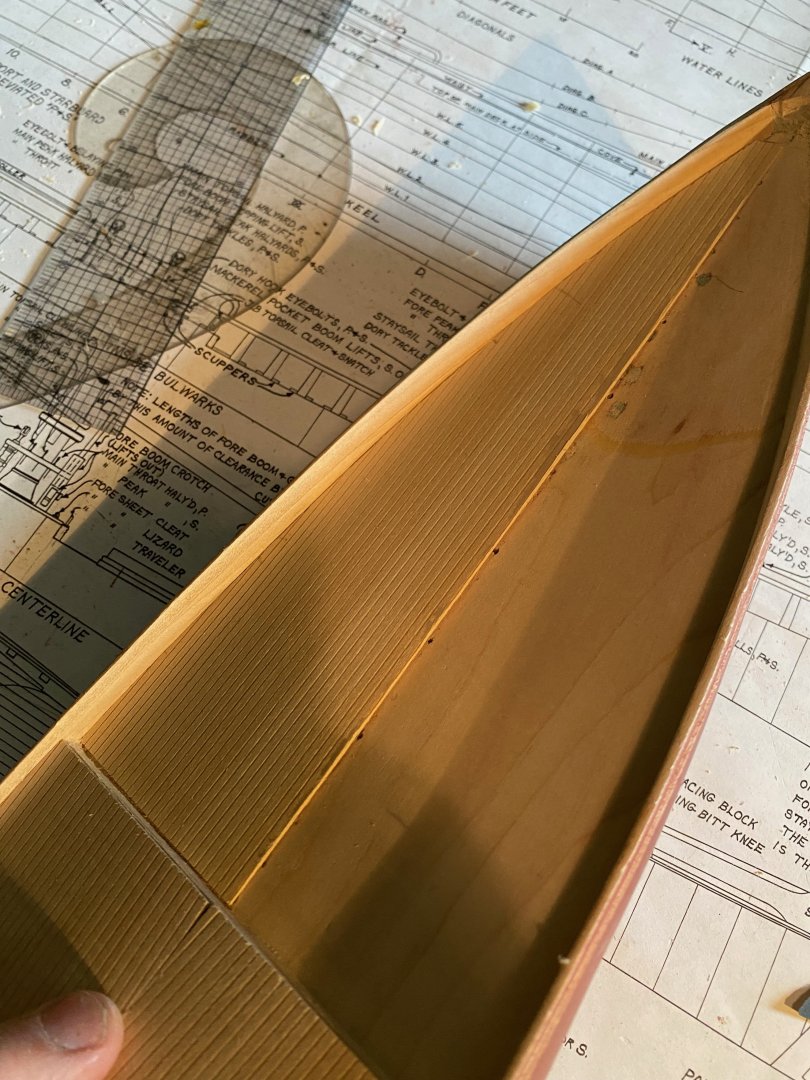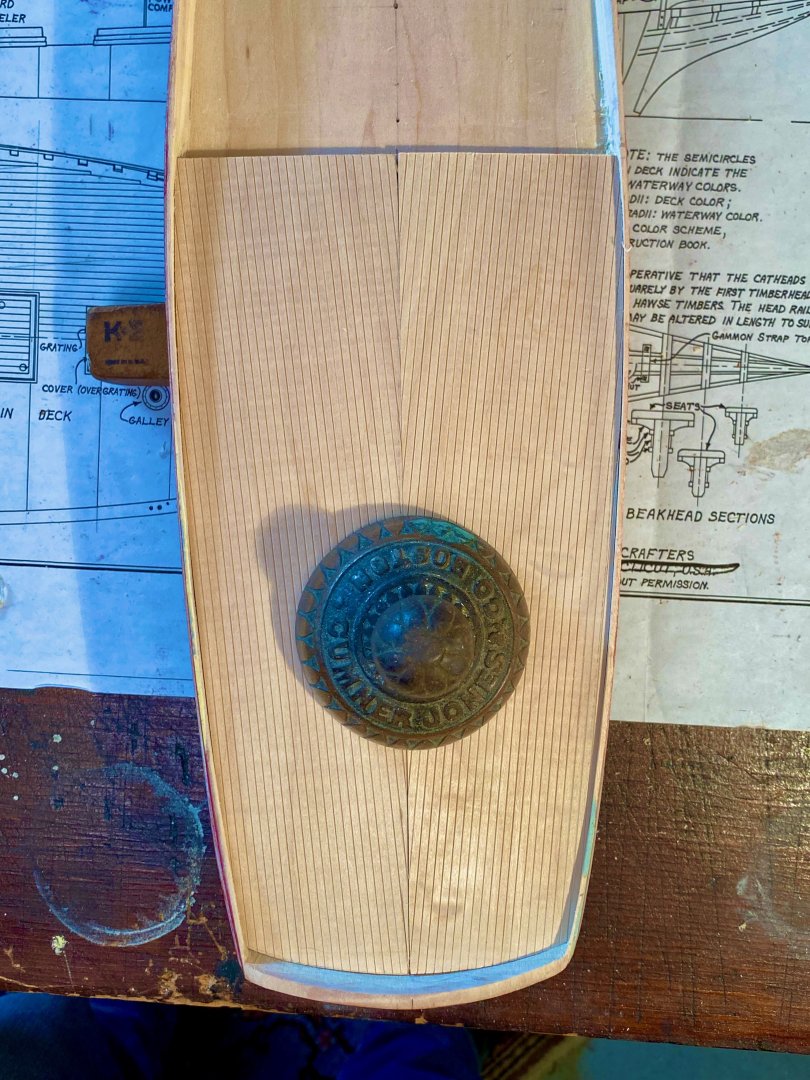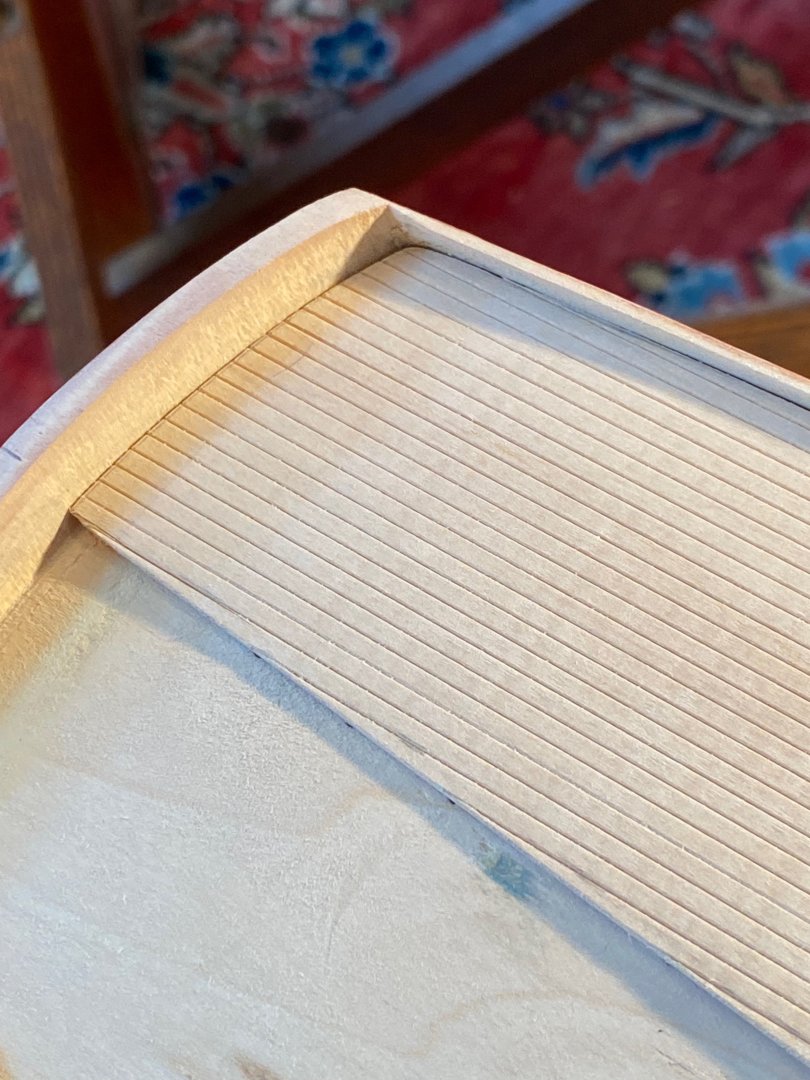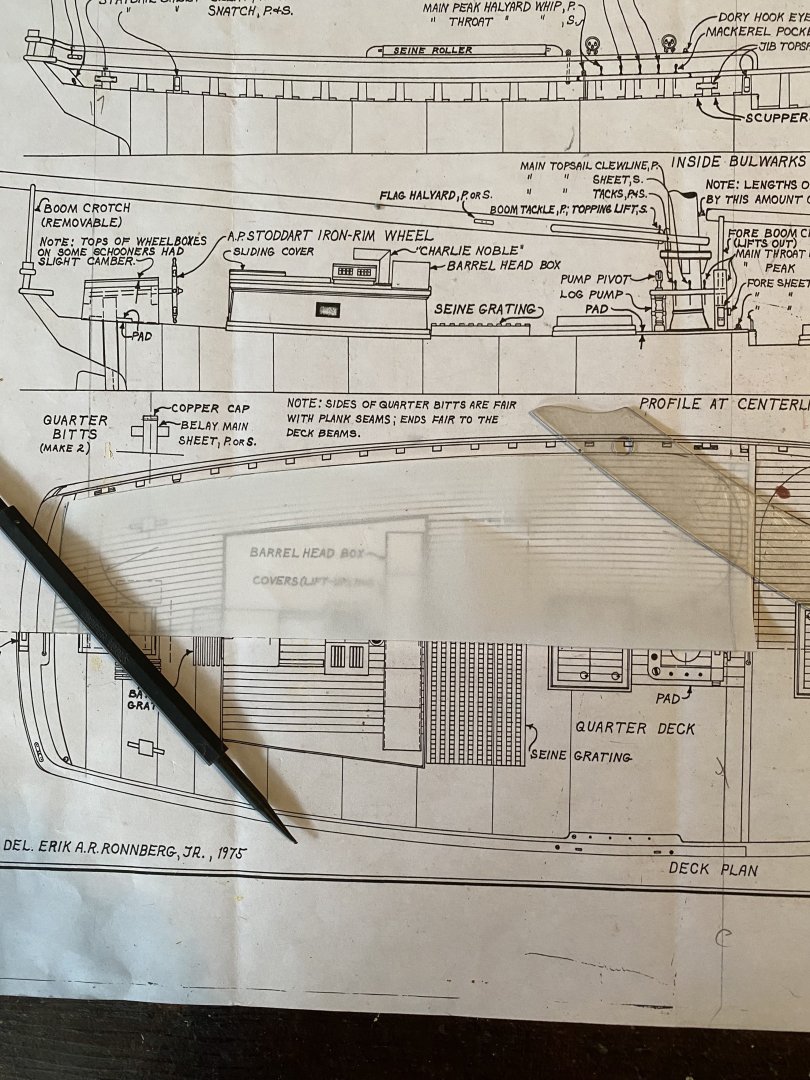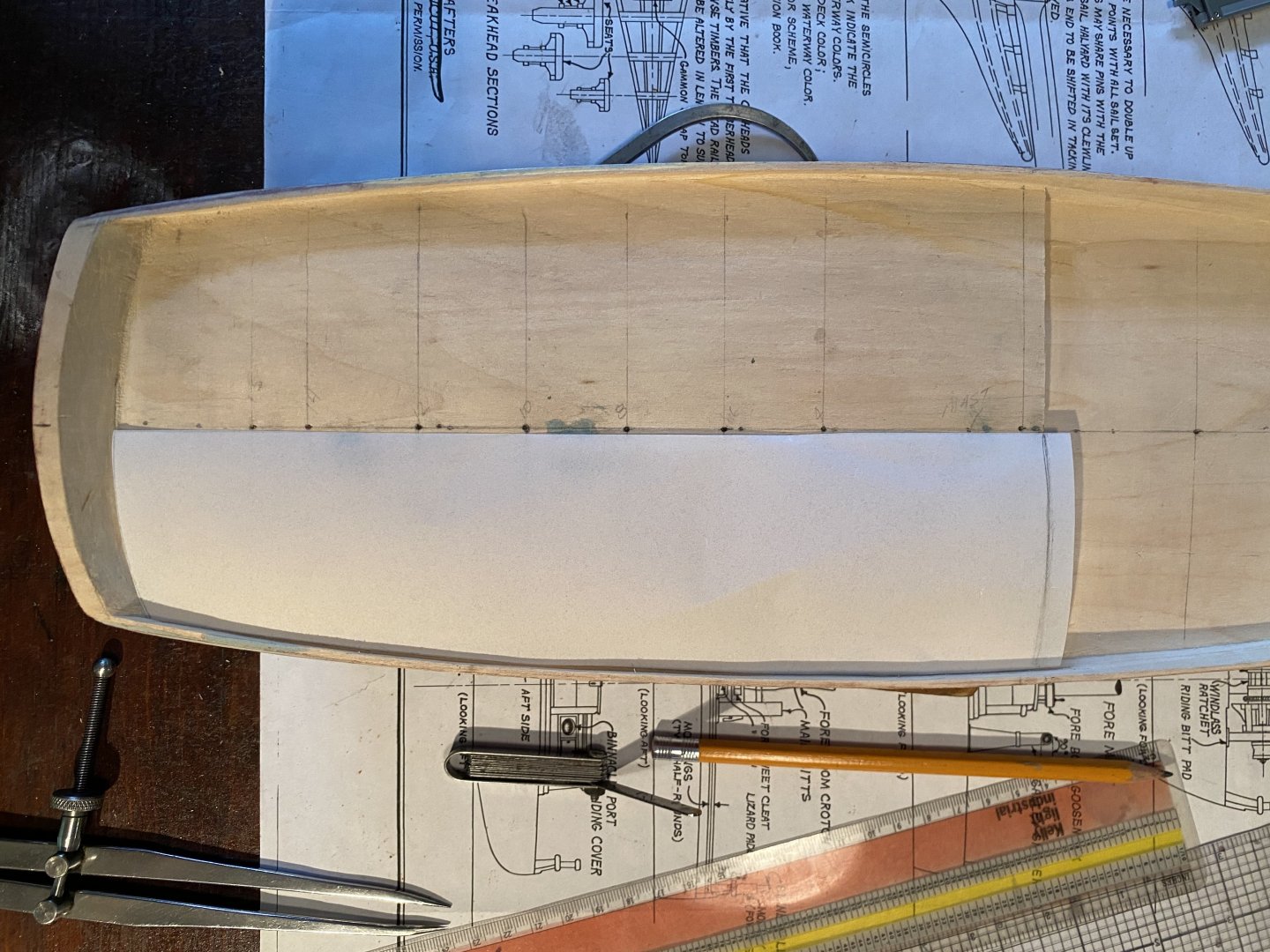-
Posts
90 -
Joined
-
Last visited
Profile Information
-
Gender
Male
-
Location
Hartfield,Va
-
Interests
Military Aviation, metal detecting, model building, boating, fishing, crabbing, photography, shooting.
Recent Profile Visitors
The recent visitors block is disabled and is not being shown to other users.
-
 wefalck reacted to a post in a topic:
Work area pictures only
wefalck reacted to a post in a topic:
Work area pictures only
-
 Bomber_County reacted to a post in a topic:
Work area pictures only
Bomber_County reacted to a post in a topic:
Work area pictures only
-
 Bryan Woods reacted to a post in a topic:
Work area pictures only
Bryan Woods reacted to a post in a topic:
Work area pictures only
-
 Tecko reacted to a post in a topic:
Work area pictures only
Tecko reacted to a post in a topic:
Work area pictures only
-
 East Ender reacted to a post in a topic:
Model Machines LLC – Byrnes Model Machines - All machines to be back in production soon.
East Ender reacted to a post in a topic:
Model Machines LLC – Byrnes Model Machines - All machines to be back in production soon.
-
 East Ender reacted to a post in a topic:
Brass stock in small sections....?
East Ender reacted to a post in a topic:
Brass stock in small sections....?
-
 East Ender reacted to a post in a topic:
Work area pictures only
East Ender reacted to a post in a topic:
Work area pictures only
-
 East Ender reacted to a post in a topic:
Work area pictures only
East Ender reacted to a post in a topic:
Work area pictures only
-
 East Ender reacted to a post in a topic:
Work area pictures only
East Ender reacted to a post in a topic:
Work area pictures only
-
 rcweir reacted to a post in a topic:
Work area pictures only
rcweir reacted to a post in a topic:
Work area pictures only
-
 Dave_E reacted to a post in a topic:
Work area pictures only
Dave_E reacted to a post in a topic:
Work area pictures only
-
 Dave_E reacted to a post in a topic:
Work area pictures only
Dave_E reacted to a post in a topic:
Work area pictures only
-
 East Ender reacted to a post in a topic:
Work area pictures only
East Ender reacted to a post in a topic:
Work area pictures only
-
 SiriusVoyager reacted to a post in a topic:
Work area pictures only
SiriusVoyager reacted to a post in a topic:
Work area pictures only
-
 robert952 reacted to a post in a topic:
Work area pictures only
robert952 reacted to a post in a topic:
Work area pictures only
-
 hamilton reacted to a post in a topic:
Work area pictures only
hamilton reacted to a post in a topic:
Work area pictures only
-

Work area pictures only
East Ender replied to Johnny Mike's topic in Modeling tools and Workshop Equipment
Dave, E, I ended my career as an F-14 Plane Captain, Grumman Aerospace, Calverton, NY 1973-1993. Were you at Oceana? I see you collect the old model kits as I do. Aurora, Revell ,Monogram ,Hawk. Must have 300 or so. Your shop is similar to mine! Plastic vs Wood. -
 East Ender reacted to a post in a topic:
Work area pictures only
East Ender reacted to a post in a topic:
Work area pictures only
-

Work area pictures only
East Ender replied to Johnny Mike's topic in Modeling tools and Workshop Equipment
Beautiful transformation of your garage Hamilton! Nice work area. The big saw in the plastic modeling area is a 10 inch skill saw, no where else to put it. I like your tabletop, something I’m looking into as my wood work bench is a piece of &*#@. I went to move it slightly last week and it collapsed send my tools everywhere. I have clamps hold it together at the moment. One clamp visible under chair. Luckily Smuggler was not on it. Again nice job on your shop!! -
 East Ender reacted to a post in a topic:
Gaff sloop of unknown design c. 1910 by Bedford - RESTORATION - SCRAPPED
East Ender reacted to a post in a topic:
Gaff sloop of unknown design c. 1910 by Bedford - RESTORATION - SCRAPPED
-

Work area pictures only
East Ender replied to Johnny Mike's topic in Modeling tools and Workshop Equipment
I have two areas in the same room, one for wood kits, and one for plastic kits. I collect the old aircraft kits from the 60’s, the ones I built as a kid. The wood model area has two drawing tables, my small tools, small Wen bandsaw, a proxon sander, dremels ect and Bluejackets Smuggler in works… No carpet or rug for the wood area, easier to vacuum up the dust and shavings. -
 East Ender reacted to a post in a topic:
Work area pictures only
East Ender reacted to a post in a topic:
Work area pictures only
-
Welcome Glenn!
-
It looks as if I shaved too much off the outside of the hull on both sides from the grub beam forward to just before the jumbo horse. The hull should be fatter to the tune of about .150 on each side. I cut the both veneers to match the print, but they were much too fat on the outside edge. I needed to trim down the veneer on the outside edge(s), both sides, so they fit the narrower hull, tight up against the bulwarks. The "cut to fit” veneer lying on the print you can see the large gap, between the veneer to the outside of the hull, especially in the area of the bulwarks. Hard to describe, but I think I royally messed up. (The veneers are not glued down, still loose)
-
When fitting main deck veneer, my mistake templating the hull is obvious. This photo shows the veneer trimmed to fit the deck. Trimmed to fit. The hull templates are exact so I’m a bit confused. Wondering where I went wrong and if I should proceed at this point, or call it a day and buy a new hull. At least I was consistent and made the same mistake on both sides.
-
East Ender changed their profile photo
-
I know this is an old thread, but did you ever finish the Morgan? I just bought one as well on Ebay. In 1969 my dad bought me the kit during a visit at Mystic seaport in Conn. I built it, but it was difficuilt for me being only 14 years old, and it looked ok at the time, but Im sure I may many mistakes. Now that I’m 70, I want to build it correctly. My kit is the 1968 issue in a 1971 hard box. Fun reminiscing with the old kits. I collect all the old kits I built as a kid. Must have 200 or more. The kit I just bought is in beautiful shape. Your kit was progressing nicely, maybe I missed a thread where it was done. Cheers, Tim
- 10 replies
-
- Charles W Morgan
- Revell
-
(and 1 more)
Tagged with:
-
Johnny, I’ve had two strokes, one in the right cerebellum and the second in my left cerebellum. Also Multiple Myloma, cancer of the blood, (in remission after a bone marrow transplant), suspected cause of that was exposure to jet fuel. The second stroke was worse than the first. Cause was atrial fibrillation. I suffered balance issues, depression and issues with handwriting . Long story short, physical therapy helped the second stroke. And two other things have helped. I have recently taken up learning the piano. Learning to read music, and using my left and right hand to play at the same time. I believe this has helped me “re-wire” my brain. And then there is model ship building. I’ve had trouble building Smuggler for the last year but have resumed. My hands are now much steadier, and was even to even carve out the Bulwarks, although it took me two weeks! . Music has helped me, maybe it could help you too. The power of music and model ship building, All the best during your recovery.
About us
Modelshipworld - Advancing Ship Modeling through Research
SSL Secured
Your security is important for us so this Website is SSL-Secured
NRG Mailing Address
Nautical Research Guild
237 South Lincoln Street
Westmont IL, 60559-1917
Model Ship World ® and the MSW logo are Registered Trademarks, and belong to the Nautical Research Guild (United States Patent and Trademark Office: No. 6,929,264 & No. 6,929,274, registered Dec. 20, 2022)
Helpful Links
About the NRG
If you enjoy building ship models that are historically accurate as well as beautiful, then The Nautical Research Guild (NRG) is just right for you.
The Guild is a non-profit educational organization whose mission is to “Advance Ship Modeling Through Research”. We provide support to our members in their efforts to raise the quality of their model ships.
The Nautical Research Guild has published our world-renowned quarterly magazine, The Nautical Research Journal, since 1955. The pages of the Journal are full of articles by accomplished ship modelers who show you how they create those exquisite details on their models, and by maritime historians who show you the correct details to build. The Journal is available in both print and digital editions. Go to the NRG web site (www.thenrg.org) to download a complimentary digital copy of the Journal. The NRG also publishes plan sets, books and compilations of back issues of the Journal and the former Ships in Scale and Model Ship Builder magazines.


